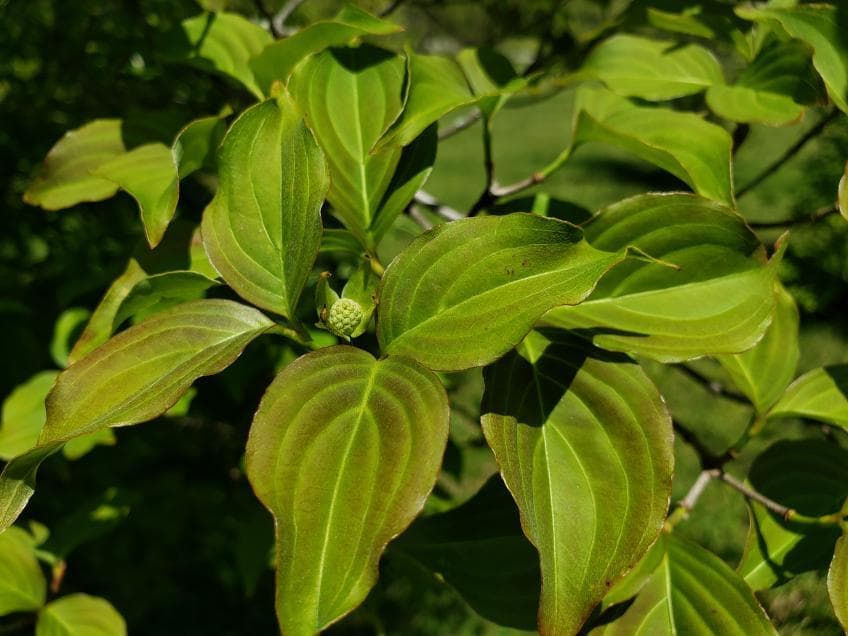Species diversity of Asian dogwood, Cornus kousa
4th paper out in 2020
In our just-published paper, we investigate species diversity and phylogeographic history of Asian dogwood, Cornus kousa. This is the first detailed report on C. kousa species diversity and evolutionary history inference. Asian dogwood is an east-Asia native tree, the most economically important species of the dogwood genus, owing to its desirable horticultural traits and ability to hybridize with North America-native dogwoods.
To assess the species genetic diversity and to better inform the ongoing and future breeding efforts, we assembled an herbarium and arboretum collection of 131 non-cultivated C. kousa specimens. This is better then a collection trip across Asia - especially these days... This also indicates the strength of the current living and preserved plant collections.
For genotyping and downstream analyses of our C. kousa collection, we developed genic eSSRs and also used published nuclear genomic gSSRs. After a blackbox of analyses, the study yielded insights into the tree diversity. The data pointed to the species distinct genetic pools related to the plant country of origin. This can be helpful in the development of the commercial cultivars for this important ornamental crop with increased pyramided utility traits.
Here, we report a number of helpful indices, such as species-wide mutation rate, time of split among the populations, evolutionary inferences, etc. To our knowledge, there are few studies utilizing the same gDNA collection to compare performance of genomic and genic microsatellites.
Of note, this project won the 2018 EUReCA competition, as delivered by our then-undergraduate research assistant, Logan. He outcompeted more than 600 similar undergrad research presentations. Logan also won the within-UTIA leg of this competition.
